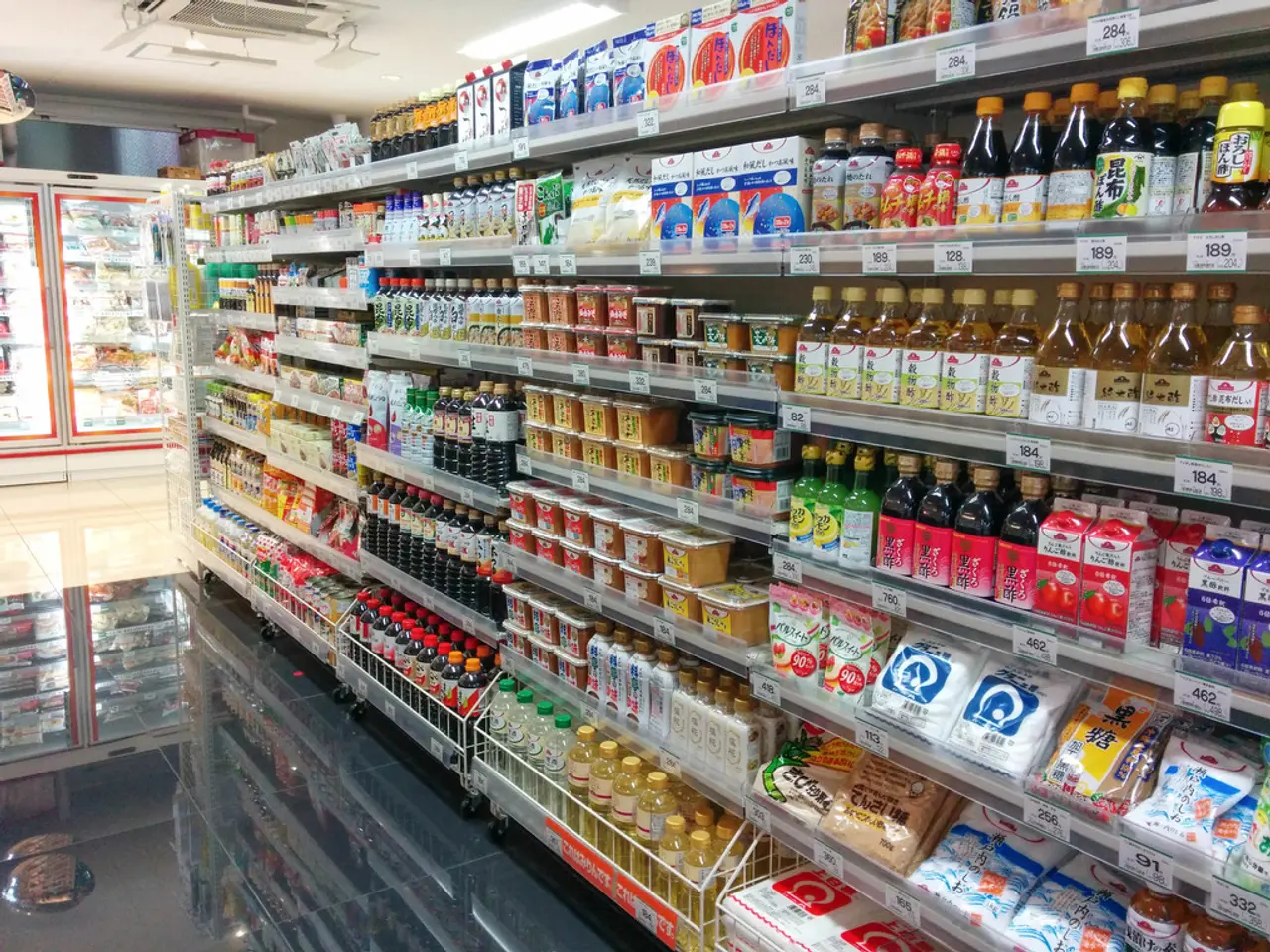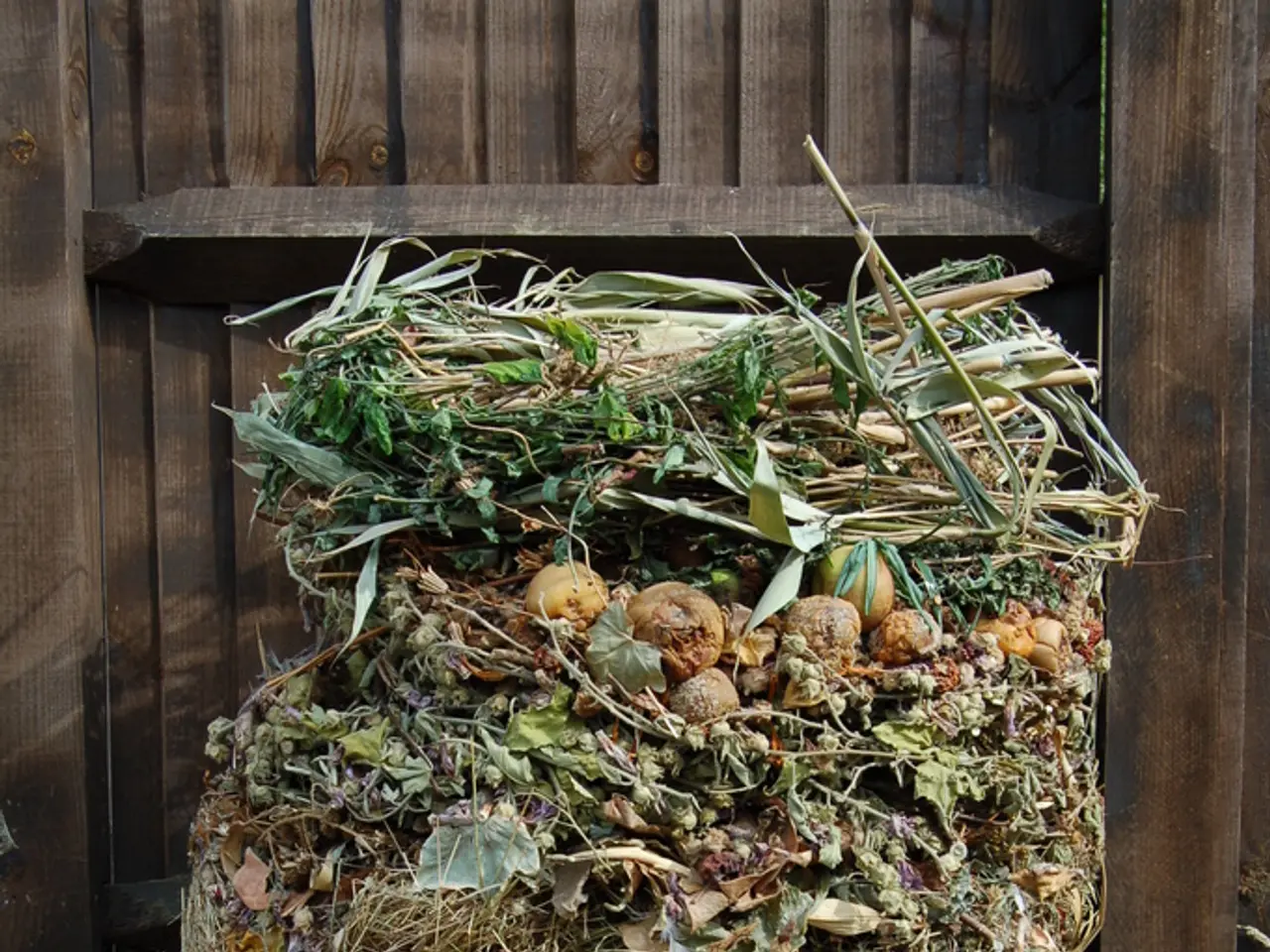Global Truffle Market Forecast Expands to $1,839.6 Million by 2034, pegged at a 9.5% Annual Growth Rate
==========================================================
The truffle market is experiencing a significant expansion, moving beyond its traditional culinary uses into health, vegan alternatives, and luxury gifting. This transformation is not only reshaping the culinary world but also creating new opportunities in various industries.
In the heart of Spain, the town of Teruel has seen a remarkable transformation over the past 15 years. With a €17 million turnover and a surge in school enrollment from 72 to 153 children, this change can be attributed to the truffle-related development in the region.
Major players in the truffle industry are also capitalising on this growth. Urbani Truffles, for instance, has unveiled a new line of plant-based truffle products and launched a subscription service for fresh truffles. Sabatino has expanded its ready-to-use truffle products, introduced a "Truffle of the Month" club, and focused on sustainable packaging.
The global truffle market is projected to grow from USD 742.3 million in 2024 to USD 1,839.6 million by 2034, with a CAGR of 9.5% during the 2025-2034 forecast period. The Food & Beverages sector holds a dominant share of the market, capturing more than 74.3%, driven by demand for truffle flavoring in retail and foodservice.
Fresh Truffles dominated the market in 2024 with a 59.6% share. However, processed truffle products, including concentrates, accounted for approximately 45% of the market, offering a stable, scalable alternative to fresh truffles, providing consistent flavor, extended shelf life, and accessibility for gourmet cooking.
The growth of the truffle market in North America is primarily driven by several factors. Rising consumer demand for gourmet and luxury food products, the expansion of high-end foodservice and restaurant sectors, growing awareness and exploration of global cuisines, and innovations in truffle cultivation and harvesting techniques have all contributed to this growth.
Government initiatives and agricultural agencies have also played a crucial role. They have provided support for truffle cultivation research, education, and outreach programs, facilitated regulatory reforms that reduce barriers for agri-business startups, and promoted local truffle production through grants, subsidies, and technical assistance.
Innovation in the truffle industry is not limited to production methods. Companies like TruffleHunter are leveraging blockchain technology for traceability, ensuring consumers can follow the journey of their truffles from farm to table.
As the truffle market continues to evolve, sustainability and traceability are gaining importance. This focus on ethical and environmentally friendly practices is expected to shape the industry's future, ensuring it continues to thrive while maintaining its reputation as a luxury and gourmet ingredient.
In light of the truffle market's growth, investing opportunities are arising not only in the truffle industry but also in its related sectors such as business, real-estate, and finance. For instance, a truffle-focused building in a prime location could appeal to high-end restaurants and luxury retailers, generating profitable rental income. Additionally, with the increasing demand for truffle products, a traditional truffle farm with modern, sustainable techniques could be a promising venture for long-term financial returns.




